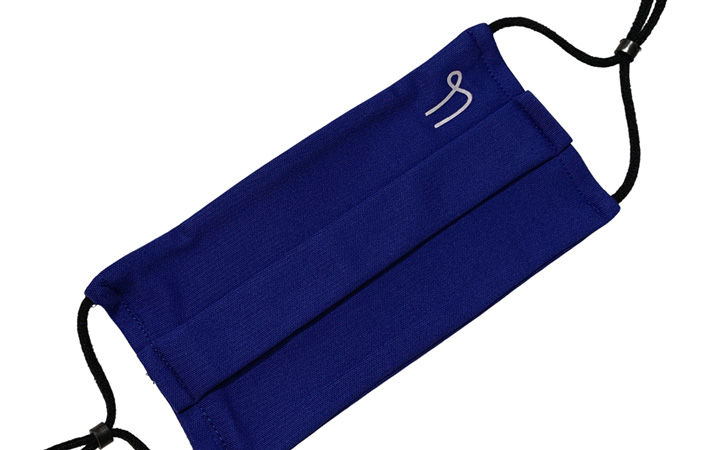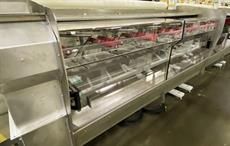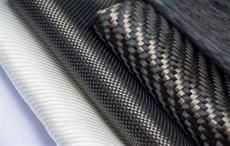An Indian start-up, Thermaissance, has developed a fabric which inactivates coronavirus in less than an hour. It also kills various other multi-drug resistant organisms (MDROs). Thermaissance’s technology remains active 24/7, working to inhibit viral, bacterial, and fungal growth on the surface of the textiles, protecting healthcare workers and patients.
When coronavirus comes in contact with the surface of Thermaissance fabric, Thermaissance’s proprietary nanotechnology penetrates the virus membrane, and ruptures it, thus hindering its ability to thrive. In a similar way, the bacteria’s membrane is disrupted and eventually these bacteria get killed.An Indian start-up, Thermaissance, has developed a fabric which inactivates coronavirus in less than an hour. It also kills various other multi-drug resistant organisms (MDROs). Thermaissance's technology remains active 24/7, working to inhibit viral, bacterial, and fungal growth on the surface of the textiles, protecting healthcare workers and patients. #
While Thermaissance’s technology has been scientifically proven to inactivate over 99.99% coronavirus in less than an hour, it has also been proven to kill 99.99 per cent of various Multi-Drug Resistant Organisms (MDROs) such as Methicillin-resistant Staphylococcus aureus (MRSA), Vancomycin-Resistant Enterococci (VRE), Carbapenem-Resistant Enterobacteriaceae (CRE), and various other bacteria. Thermaissance is one of the very few players in the world to achieve this milestone.
MRSA strains have been identified as a major source of healthcare-associated infections (HAIs) and outbreaks across the world. For over four decades, MRSA has presented a challenge for infection control departments of hospitals attempting to control and eradicate this organism. Even enterococcus species are considered as the second-most common group of pathogens across all HAI types, and the single-most common group of pathogens among central line-associated infections. In 2019, the CDC identified CRE as an urgent public health threat which requires urgent and aggressive action. The CDC reports that up to half of all infections caused by CRE result in death.
Thermaissance’s technology remains active 24/7, working to inhibit viral, bacterial, and fungal growth on the surface of the textiles. When coronavirus comes in contact with the surface of Thermaissance fabric, Thermaissance’s proprietary nanotechnology penetrates the virus membrane, and ruptures it, thus hindering its ability to thrive. In a similar way, the bacteria’s membrane is disrupted and eventually these bacteria get killed.
Thermaissance fabric’s antiviral effect against coronavirus is certified with ISO 18184, while the antibacterial effect is certified with JIS L 1902:2015. These proven tests were conducted at ISO 17025 accredited facilities and have shown the antibacterial efficacy of Thermaissance products to be 99.99 per cent for MRSA, VRE, CRE, Klebsiella and Staphylococcus. Using such self-disinfecting fabrics, Thermaissance currently manufactures various medical textiles such as medical scrubs, lab coats, head covers, patient gowns, masks, and gloves. Thermaissance also has fluid repellent scrubs to provide further protection to healthcare workers against various fluids.
Various studies have demonstrated contamination of healthcare clothing (scrubs, white coats, head covers) with various disease-causing pathogens. The healthcare workers are frequently exposed to blood and various body fluids. Various studies have already shown that these fluids can transmit bacteria that cause colonisation or infection, including Multi-Drug Resistant Organisms (MDROs) such as Methicillin-Resistant Staphylococcus aureus (MRSA), VRE, CRE, Enterobacteriaceae (eg Klebsiella pneumoniae). In one study, about 60 per cent of hospital staff uniforms were culture positive for MDROs. Even healthcare workers who work in non-traditional settings, such as clinics, ambulatory, and community settings, may also be at increased risk of occupational exposure.
Various studies have also established that the healthcare clothing is a vehicle for cross-contamination and transmission of MDROs to patients, co-workers, and other healthcare staff. Such soft surfaces (medical fabrics) make an important contribution to the epidemic and endemic transmission of MRSA, VRE, CRE, norovirus, etc. These pathogens survive and persist for extended periods despite attempts to disinfect or remove them.
Manish Raval, founder and CEO of Thermaissance, said, “While the industry laundering of healthcare worker’s apparels produce nearly sterile garments, post-laundering practices (eg sorting, folding, and stacking) can easily re-contaminate clean laundry. Further, laundered medical textiles, though might be sterile, bacterial recontamination of these apparels will occur within hours of wearing such newly laundered apparels. In fact, a study has already shown that within a few hours of use, the 100 per cent of nurses laundered gown were already contaminated with various pathogens. Hence, healthcare clothing that is continuously self-sanitising and killing various pathogens, be it viruses, bacteria or fungi, is important in healthcare settings.”
“Back in 2007, Jannine Jagger, at University of Virginia Health System, had said that the measures for protecting Healthcare Workers (HCWs) from the life-threatening risk of pathogen infection should be viewed as essential everywhere and should be included in the national health priorities of all nations. All of us benefit from protecting their lives and health. Thermaissance’s anti-viral, anti-bacterial and anti-fungal textile materials for medical and healthcare applications can prove to be useful in reducing the risks of such pathogen infections among healthcare workers,” said Hemali Sangani, co-founder at Thermaissance.
Fibre2Fashion News Desk (SV)


